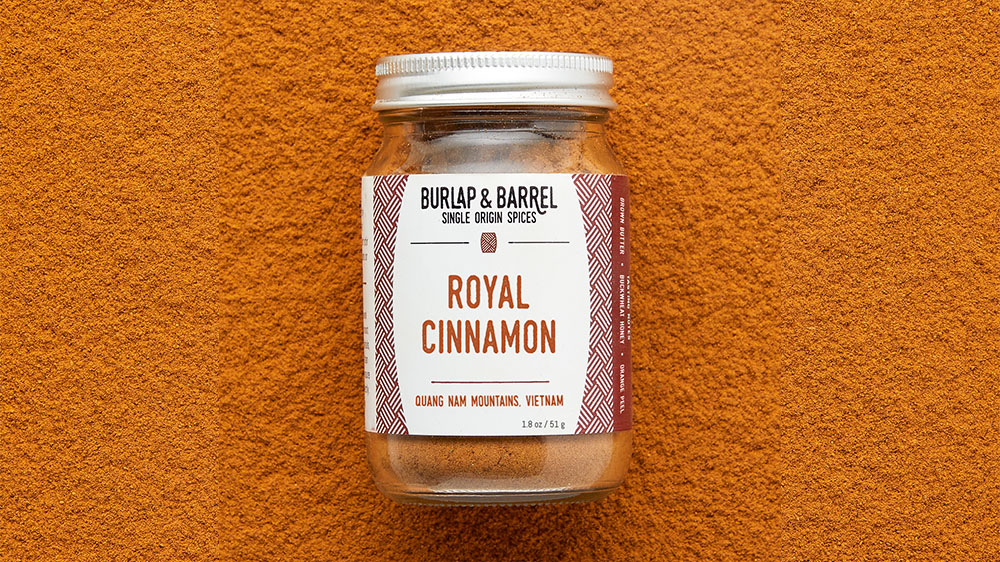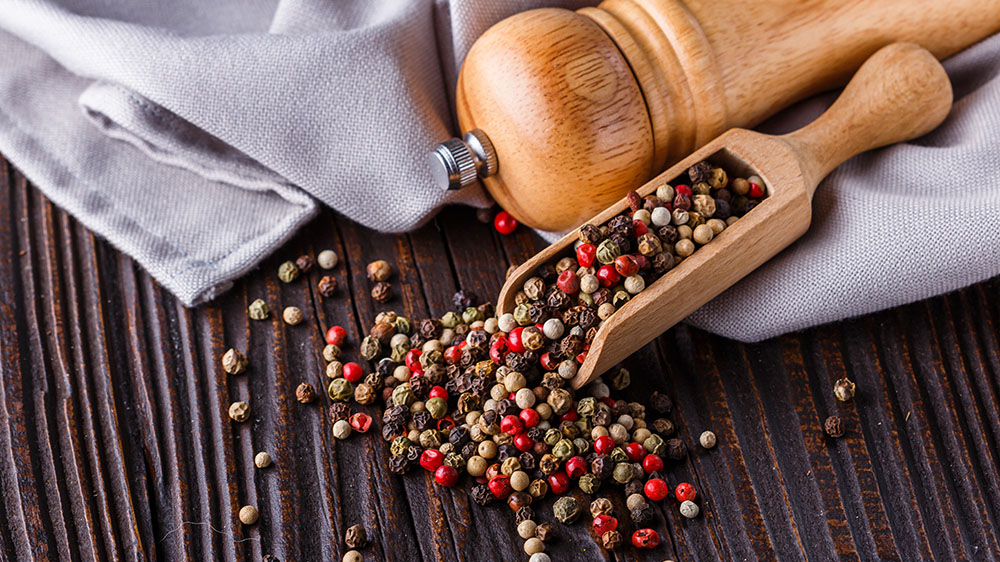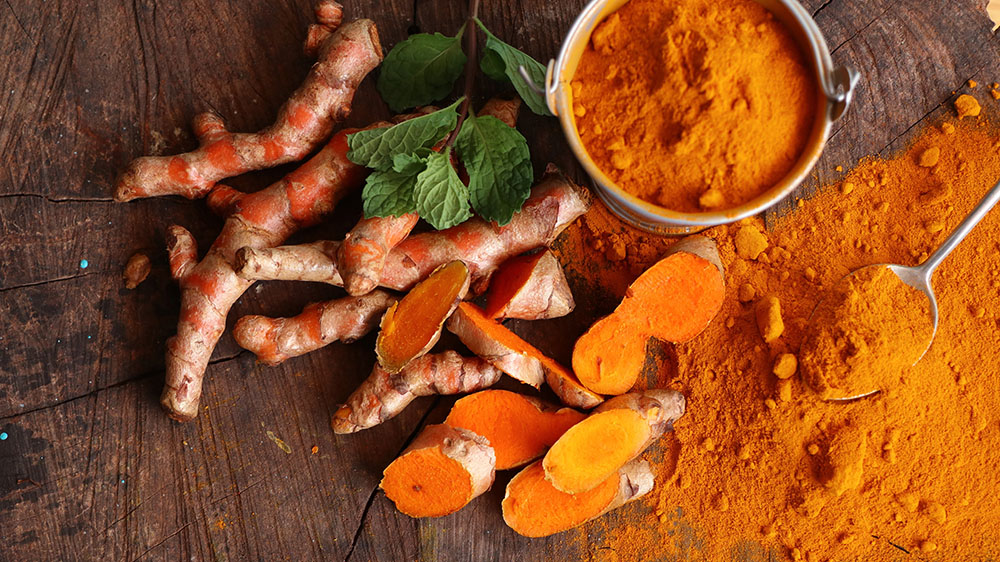
These days, homebound travelers who are spending more time in their kitchens can find some culinary exploration through experimenting with spices. With different flavors and uses, learn about the backstories behind today’s commonly-used spices.

CINNAMON
Derived from the genus, Cinnamomum, this tree bark spice varieties include Korintje Cinnamon from Indonesia; Saigon or (also called) Vietnamese Cinnamon; and Ceylon Cinnamon from Sri Lanka. Often used for baking in the U.S., cinnamon is in Northern African tagine or Indian garam masala. “It's also used throughout the Middle East as a savory ingredient,” says Ethan Frisch, co-owner of Burlap & Barrel.
PAPRIKA
From a variety of red peppers called Capsicum annuum, this reddish garnish came from the Americas. Said to be brought back by Christopher Columbus’ expedition, its trade spread to Africa, Asia, and Central Europe. Hungarian paprika has eight types with varying heat and flavors, in particular, found in goulash. Spain’s pimentón can be mild, medium hot or spicy in flavor and is prepared by smoking or sun-drying peppers.
NUTMEG
Native to the Banda Islands, nutmeg was fought over in trade battle between the Dutch and the British. British forces smuggled it out for planting in other places like Grenada but they gave up Banda Run to the Dutch in exchange for another island, Manhattan. Nutmeg is prevalent in Indonesian, Indian, and European cuisines, often in sauces and meat dishes. Their lacy coating is where the spice mace comes from.

PEPPERCORNS
This multi-colored spice is a fruit from a flowering vine in the Piperaceae family. Originally green in color, black peppercorns are cooked and left out to dry. “[They] add an earthy kick when blended into soups and stews or rubbed on meat to season it before cooking,” says Chef Kevan Vetter, director of McCormick Kitchens. Green peppercorns are unripe but similar to capers. According to Sacha Madadian, a senior editor, books, at America’s Test Kitchen, “They have a briny flavor.” White peppercorns get their outer skins removed or get fermented, with a resulting subtle flavor.
VANILLA
Vanilla was brought back by Spanish explorers from Mexico with a slight problem—only melipona bees could naturally pollinate their pods within a short time span. On the island of Réunion, a slave named Edmond Albius came up with a hand-pollinating solution. “Vanilla is still produced in Mexico,” says Julie Gould, marketing director of B&G Foods. “It’s also grown in Indonesia, Uganda, and Tahiti, but most vanilla comes from Madagascar.”

TURMERIC
Related to ginger, this golden spice from the roots of the Curcuma longa is connected to India. Overtime, turmeric was adopted into cuisines as far as China, Southeast Asia, East and West Africa, and Peru. “For Marco Polo, it was one of his highlights in his travels [in China] in the 1200s,” explains Pete Taylor, founder of Spiceology. Turmeric is not only consumed in dishes from curries to stir fry but also acts as a coloring agent.
